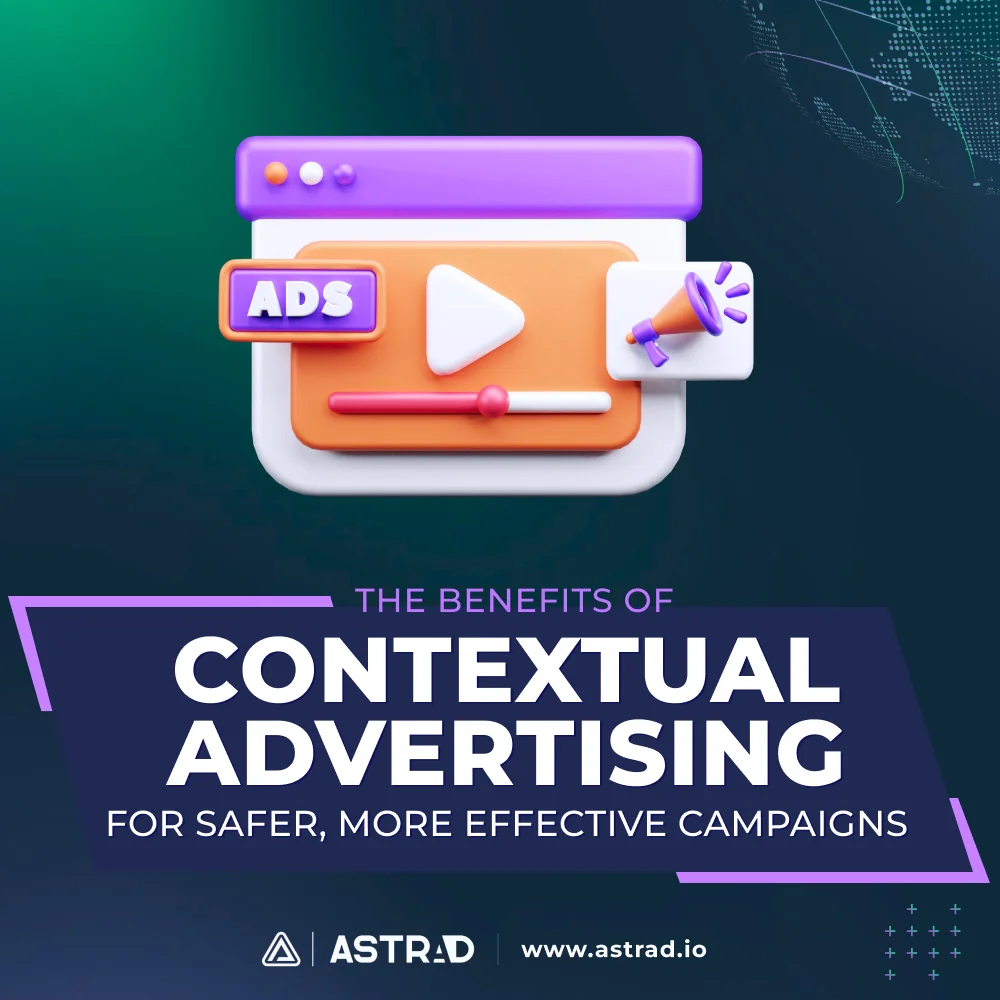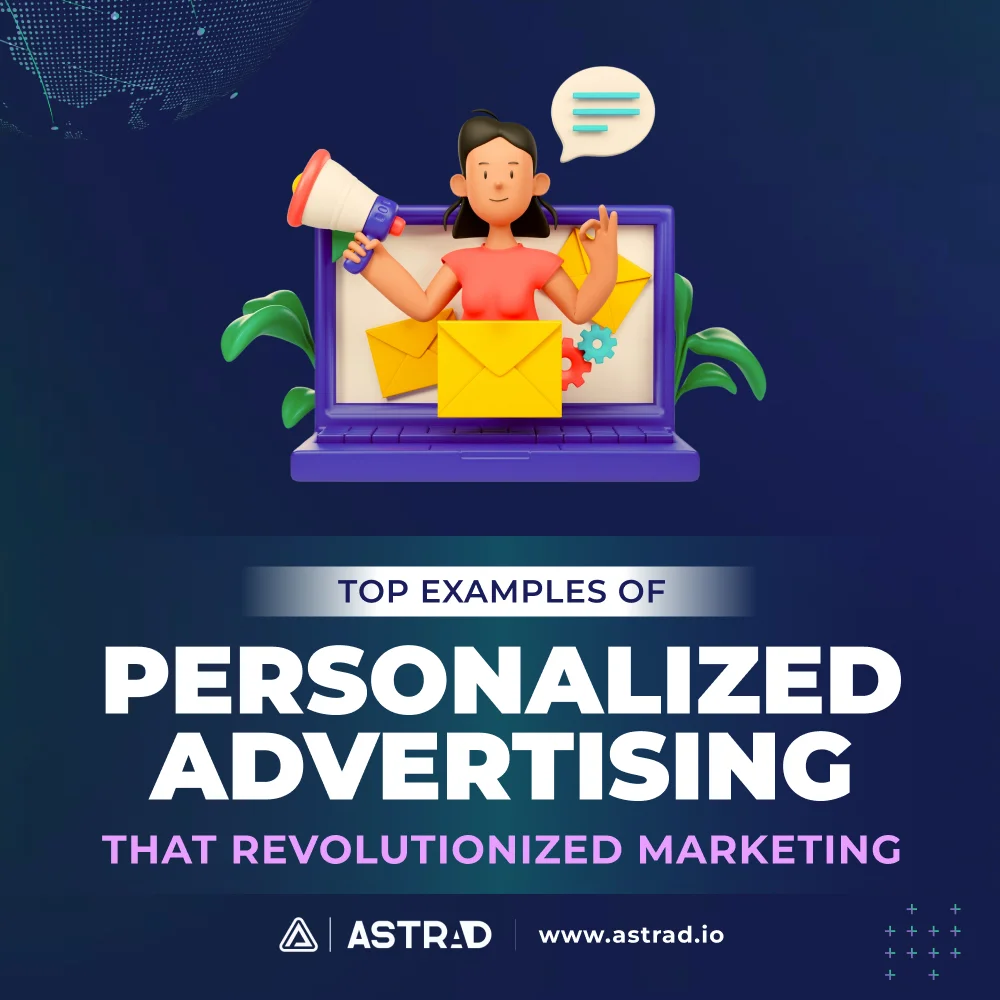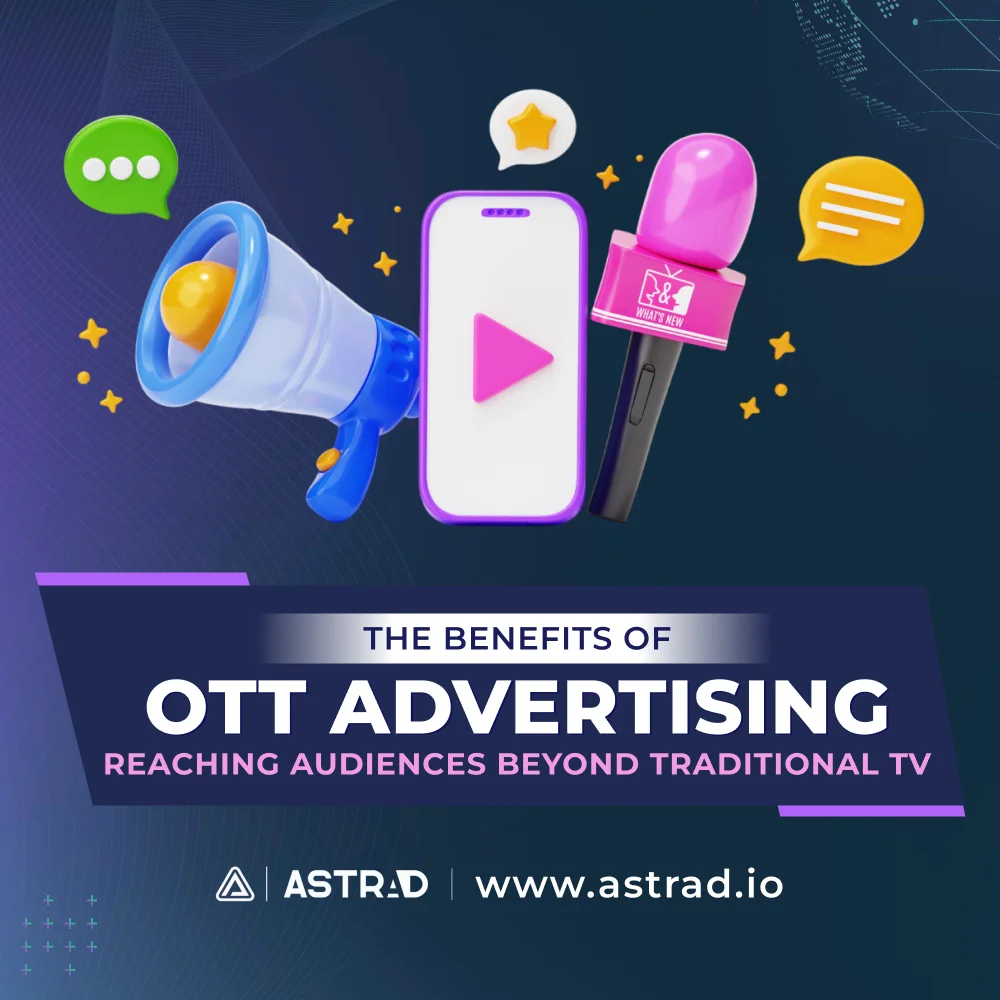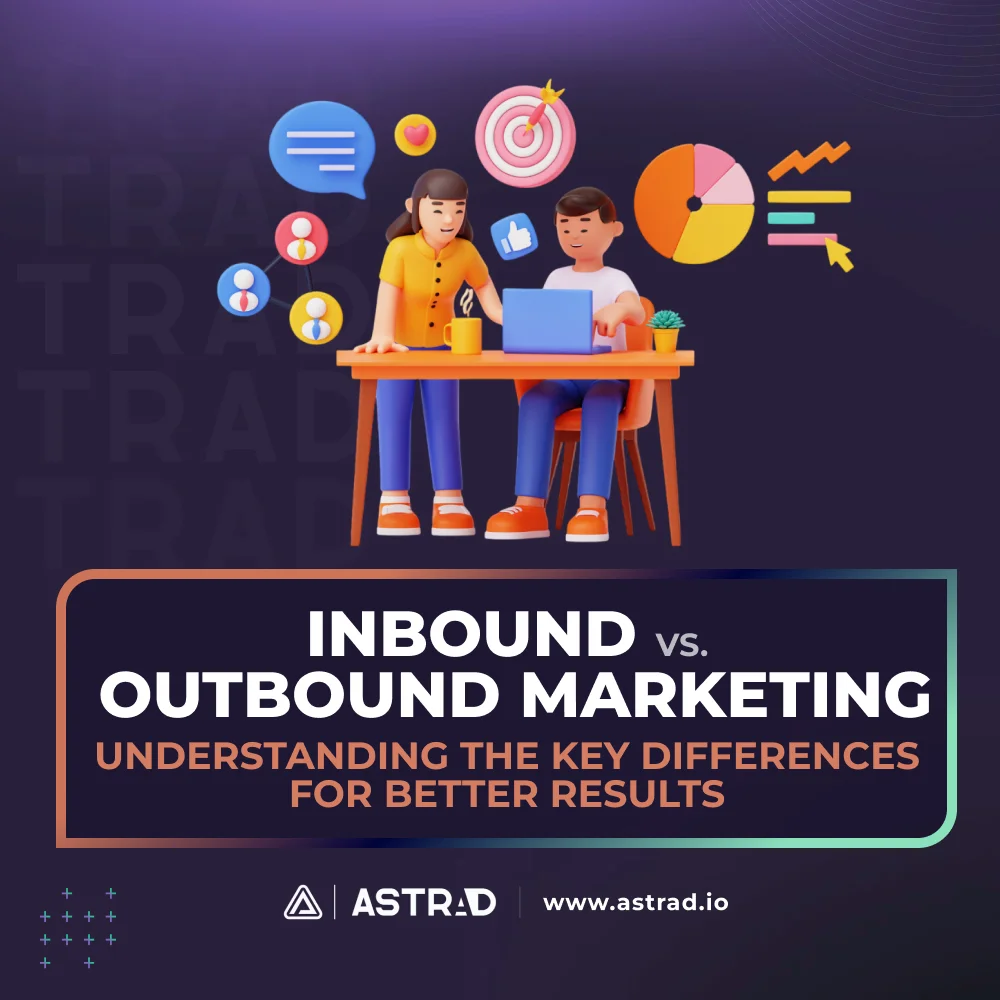Remember the last time you were reading about hiking trails and suddenly saw an ad for hiking boots? That wasn’t a coincidence — it was contextual advertising working its magic. While tracking cookies are going the way of the dodo and privacy concerns have users more paranoid than conspiracy theorists at a government convention, contextual advertising has made a spectacular comeback tour that would make any 90s rock band jealous.
Think of contextual advertising as the well-mannered guest at the digital dinner party. It doesn’t rummage through your personal belongings or follow you home — it simply looks at what’s being discussed and offers something relevant to the conversation. And in a world where consumers have developed an almost superhuman ability to tune out irrelevant ads (seriously, the average person’s ad blindness would impress Houdini), this approach is pure marketing gold.
As third-party cookies crumble and privacy regulations tighten like a digital noose around marketers’ necks, smart advertisers are pivoting back to context. It’s not just a retreat to safer ground — it’s a strategic advance into more effective territory. Let’s dive into why contextual ads are having their well-deserved moment in the spotlight.
What Is Contextual Advertising?
Contextual advertising is deceptively simple: it’s the practice of placing ads that match the content of the webpage, video, or app where they appear. Reading a recipe blog? Here’s a stand mixer ad. Watching a car review video? Buckle up for some auto insurance offers. It’s like having a salesperson who actually listens to what you’re interested in before making a pitch.
Unlike behavioral advertising, which follows users around the internet like an overenthusiastic puppy based on their browsing history, contextual advertising solution providers focus purely on what’s happening in the moment. They analyze the content of a webpage (text, images, videos) and match it with relevant ads — no stalking required.
Key Elements of Contextual Advertising
The secret sauce of contextual advertising comes down to a few crucial ingredients:
- Content Analysis: Advanced algorithms scan webpage content to determine its topic, tone, and keywords.
- Relevance Matching: The system matches ads to content based on themes, keywords, or categories.
- Placement Strategy: Ads are positioned within or alongside content where they’ll be most effective without disrupting the user experience.
In essence, contextual advertising is about being in the right place at the right time with the right message, without needing to know who you’re talking to on a personal level.
Contextual vs. Behavioral Advertising: The Key Differences
The distinction between contextual and behavioral approaches is more than academic — it fundamentally changes how ads operate online:
Contextual Advertising | Behavioral Advertising |
Based on the content currently being viewed | Based on past user browsing history |
Doesn’t require personal data | Relies on tracking cookies and personal data |
Works effectively with privacy regulations | Challenged by privacy laws like GDPR and CCPA |
Feels less invasive to users | Often perceived as “creepy” or intrusive |
As privacy concerns mount and regulations tighten, contextual advertising benefits from being both effective and ethically sound — a rare combination in the digital marketing world.
Key Benefits of Contextual Advertising
The resurgence of contextual advertising isn’t just about avoiding privacy pitfalls — it offers serious advantages that make it a powerhouse strategy in its own right.
Enhanced Ad Relevance
The beauty of contextual advertising is its natural fit with user intent. When someone is reading about gaming laptops, they’re in a mindset where they might actually be interested in seeing ads for gaming gear. This alignment between content and advertising creates a seamless experience that feels helpful rather than intrusive.
Think about it: if you’re watching YouTube videos about how to fix a leaky faucet, an ad for plumbing tools feels like useful information rather than an annoying interruption. That’s advertising contextual relevance at its finest — it adds value instead of stealing attention.
Improved User Experience
Let’s face it — nobody logs onto the internet hoping to see ads. But if they have to see ads (and they will), users vastly prefer ones that feel relevant to what they’re already interested in.
Contextual ads blend into the content ecosystem like chameleons, creating a less disruptive experience. Users are more likely to forgive — or even appreciate — advertising that feels like a natural extension of the content they’re engaged with. It’s the difference between a friend making a helpful suggestion and a stranger shouting recommendations at you on the street.
Increased Brand Safety
One of the most significant contextual advertising benefits is brand protection. When ads are placed based on content analysis, brands can avoid appearing alongside inappropriate or controversial content — a critical concern in an age where a single screenshot of your ad next to questionable content can trigger a social media firestorm.
Contextual targeting allows for both positive matching (placing ads near relevant content) and negative matching (avoiding harmful content). This granular control means your luxury watch ad won’t end up next to an article about poverty, and your family-friendly product won’t appear alongside adult content.
Better Engagement and Conversion Rates
The numbers don’t lie — contextual relevance drives results. Ads that align with content consistently outperform random placements in terms of engagement metrics like click-through rates and conversions.
This makes perfect sense: if you’re reading an article about investment strategies, you’re primed to be receptive to a financial services ad. Your brain is already in that space, making you more likely to click and convert compared to seeing the same ad while watching cat videos (unless you’re considering investments for your feline friend’s future).
How Contextual Advertising Works
Behind the seemingly simple concept of matching ads to content lies sophisticated technology that makes contextual advertising both powerful and precise.
Ad Placement Based on Content
Modern contextual systems are far more advanced than the keyword-matching tools of yesteryear. Today’s solutions use natural language processing and semantic analysis to truly understand content:
- They analyze not just keywords but context, tone, and meaning
- They can distinguish between different meanings of the same word
- They recognize entities, topics, and themes across content
This means an article mentioning “apple” will correctly trigger ads for fruit or technology depending on the surrounding context — a level of understanding that was science fiction just a few years ago.
Types of Contextual Targeting
Contextual targeting comes in several flavors, each with its own strengths:
- Keyword Targeting: Matching ads to specific words or phrases on a page
- Category Targeting: Placing ads on pages that fall into predefined content categories
- Semantic Targeting: Using AI to understand the meaning and context of content
- Sentiment Targeting: Analyzing the emotional tone to ensure appropriate ad placement
Smart advertisers often use a combination of these approaches, creating a multi-layered targeting strategy that maximizes relevance while maintaining scale.
Real-Time Contextual Analysis
The most advanced contextual platforms operate in real-time, analyzing content as it’s being viewed and making instant decisions about which ads to serve. This real-time capability means:
- Ads remain relevant even on dynamic content sites
- Breaking news and trending topics can be leveraged immediately
- Inappropriate content can be avoided as soon as it appears
Machine learning algorithms continually improve these systems, making them increasingly accurate at matching ads to the right contexts.
Contextual Advertising Across Different Media Channels
Contextual isn’t just for traditional websites anymore — it’s expanded across the entire digital ecosystem.
Display and Native Contextual Integration
The most established form of contextual advertising appears in display and native formats across websites. These placements blend naturally with content while maintaining clear advertising disclosure, creating a non-disruptive yet effective presence.
Video and CTV Contextual Solutions
Video contextual technology has made remarkable advances, now able to analyze spoken content, on-screen text, and even visual elements to determine appropriate ad placement. This extends to Connected TV, where contextual targeting helps brands reach cord-cutters without relying on personal data.
Audio and Podcast Contextual Targeting
As podcast advertising grows, contextual targeting allows brands to place ads in episodes discussing relevant topics. This creates natural integration points where host-read ads feel like extensions of the conversation rather than interruptions.
Mobile App Contextual Opportunities
Mobile apps present unique contextual opportunities, with ads that can match not just content but also app functionality, location context, and user activity within the app — all without requiring personal identifiers.
The Future Is Contextual
As we move toward a more privacy-centric digital world, contextual advertising stands out as a strategy that’s both forward-thinking and fundamentally sound. It respects user privacy while delivering the relevance that drives marketing results — a combination that’s increasingly rare in digital advertising.
The most sophisticated marketers are already integrating contextual approaches into their broader strategies, recognizing that the pendulum is swinging back toward contextual relevance after years of hyper-targeting based on user data.
The beauty of contextual advertising is its ability to work in harmony with both user expectations and business objectives. Users get ads that actually make sense in the moment, while advertisers reach people when they’re most receptive to their messages. It’s that rare win-win in the often contentious world of online advertising.
For brands looking to build safer, more effective campaigns in today’s privacy-conscious environment, contextual advertising isn’t just an option — it’s becoming the smart default choice. In a digital world that’s increasingly hostile to tracking, context provides the relevance that advertising depends on without crossing the privacy lines that consumers and regulators are drawing more firmly every day.






